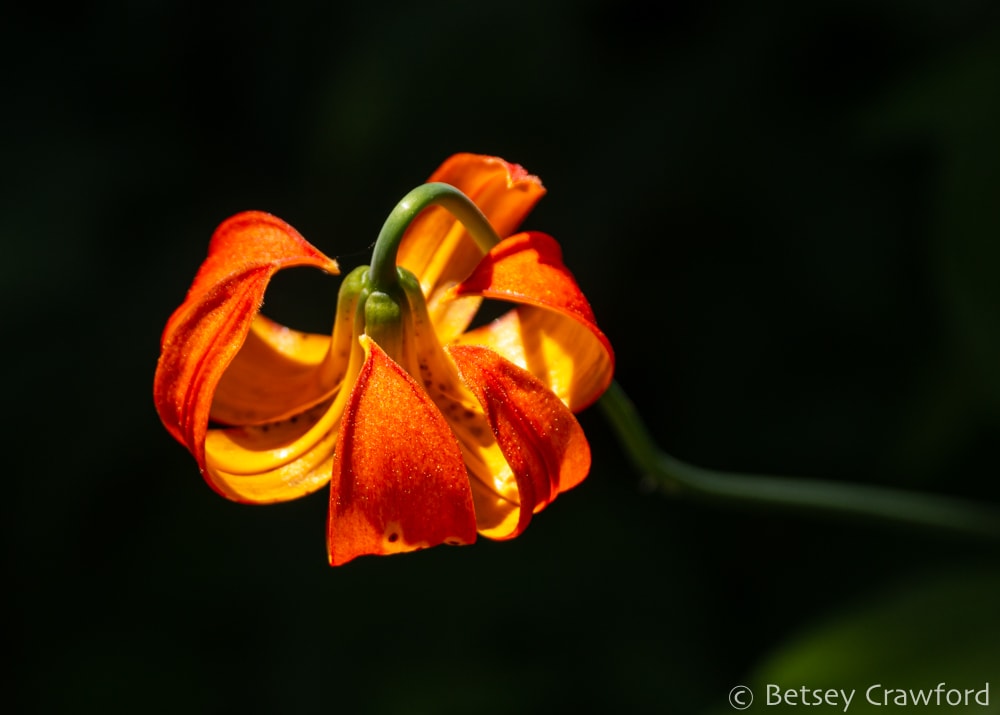 One clear blue and gold fall day near the beginning of seventh grade, I stood on the shore of the Hudson River with a group of classmates, contemplating the oyster shell fragments at my feet. That was the year we learned about our town, Croton-on-Hudson in southern New York. The instructor for the day told us that the Kitchawank people had lived there and harvested oysters. The shell pieces, worn thin by the tidal river’s small waves, were still there after the passage of centuries.
One clear blue and gold fall day near the beginning of seventh grade, I stood on the shore of the Hudson River with a group of classmates, contemplating the oyster shell fragments at my feet. That was the year we learned about our town, Croton-on-Hudson in southern New York. The instructor for the day told us that the Kitchawank people had lived there and harvested oysters. The shell pieces, worn thin by the tidal river’s small waves, were still there after the passage of centuries.
Our guide, a woman known for her interest in Croton’s history, didn’t tell us what happened to those oyster harvesters. None of us had ever met anyone from the Kitchawank nation. As far as we knew, they had been there and were there no longer. It seemed to occur to no one to account for that.
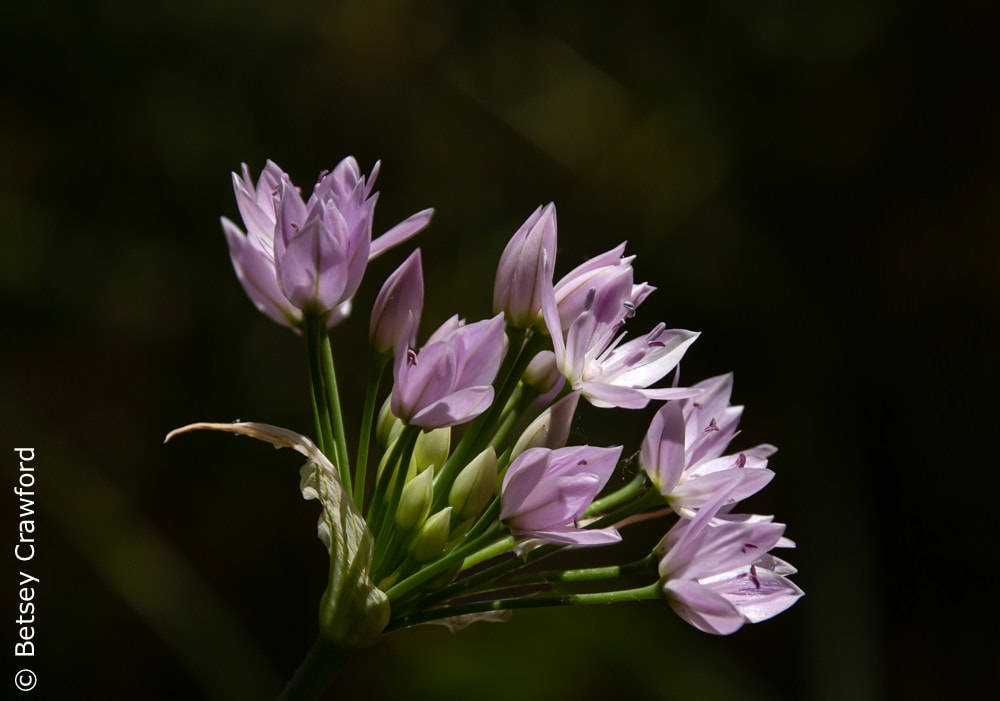
In one childhood-shattering, never-to-be-forgotten moment I’d heard about the German holocaust from a babysitter who was reading The Diary of Ann Frank. But, since history is told by the conquerors, no one mentioned the centuries-long holocaust in our own country. Awareness seeped in slowly: the relentless, violent push off land, the Trail of Tears, Little Big Horn, Wounded Knee. The wholesale slaughter of the buffalo as the Great Plains were taken over for the benefit of settlers. The coerced move to lands deemed inferior in every state. The abusive Indian schools where children, deprived of parents and home, were forced to go to have their culture wiped out of them.
The list is unending, the story still being unburied. Literally in the case of the bodies of children being unearthed at old Indian school sites. I only learned about Christopher Columbus’ depraved brutality twenty years ago. And only by reading the book whose title I’ve borrowed, Kat Anderson’s Tending the Wild, did I learn the details of the brutal genocide of the indigenous people of what is now California. A peaceful population estimated at 300,000 in the 17th century was decimated, displaced, enslaved first by the Spanish and then the Americans. The latter murdered — with government sanction — 100,000 indigenous people during the few years of the gold rush. Once the gold petered out, they wanted the land of the remaining 30,000. By 1910 that number was 15,500.

They wanted land to grow crops and to range cattle and sheep, which take a lot of territory. As had their European forebears, arriving on the east coast in the seventeenth century, they looked at a landscape that seemed to them sheer wilderness. Unproductive, wasted. Even, in deeply wild places, ominous, needing to be tamed. In their eyes, the people who had lived on this land for at least 23,000 and perhaps as much as 130,000 years, had done nothing with it. They didn’t know how to use it, how to make it productive. They were in the way.
Part of our national mythos is that the land long inhabited by millions of people was an untouched wilderness when it was “discovered” in 1492. This is dead — and deadly — wrong. From one coast to the other the wilderness the newcomers decried and deemed ripe for their plundering had been carefully tended for millennia. Not by wresting the land from its productive ecosystems and forcing it to grow alien crops, but by fostering the bounty of the ecosystems themselves.
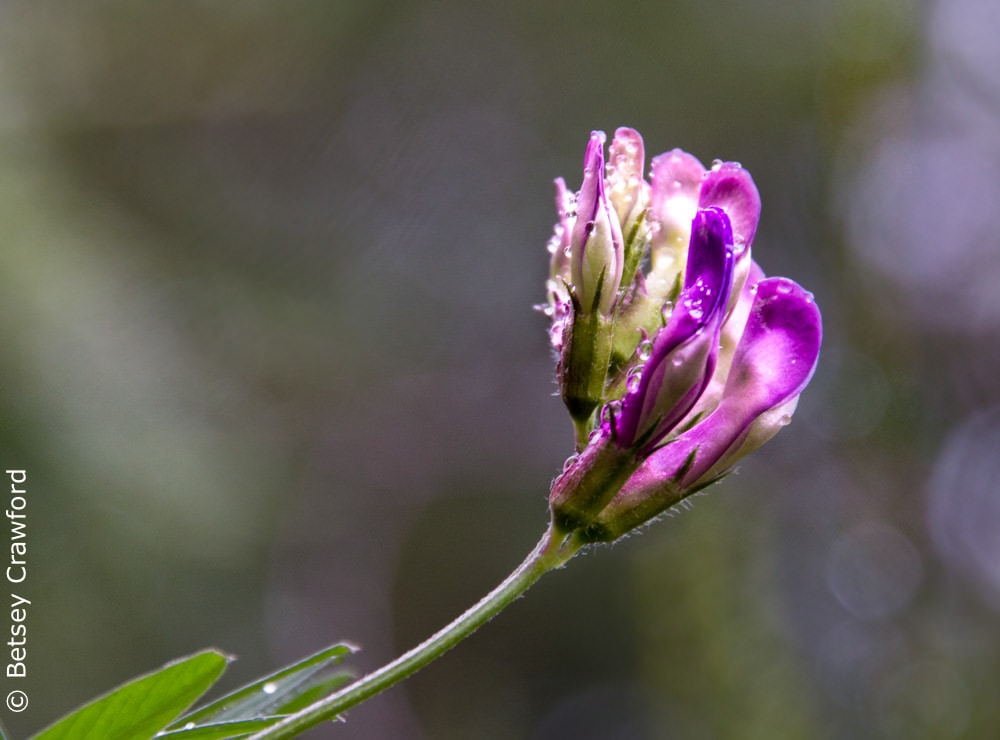
When John Muir wrote ecstatically about the open, savannah-like qualities of the forests in Yosemite he didn’t know, or didn’t choose to record, that the openness was created by untold years of controlled burns. The indigenous inhabitants, whom he mostly disdained, controlled wildfires with frequent, light fires. These burned away the dry twigs and branches that formed fuel at the feet of trees. They knew, as did the people of the great midwest prairies, that ecosystems like grasslands and forests depend on disturbance, often fire, to remove built-up debris in order for new growth to flourish in both quantity and diversity. Fires controlled insects and diseases. Once burned, the nutrients stored in that debris, when turned to ash, created more fertile soil for the seeds they planted and the tubers and corms they transplanted.
Indigenous basket makers could never have depended on gathering the 10,000 straight shoots needed per indispensable basket if they depended on chance growth. That could only be achieved by consistent burning and pruning of shrubs to foster new, straight, flexible growth with young, smooth bark. They knew, and still know, how to harvest the wetland reeds, sedges, and grasses they use to maximize both supply and regrowth. This fostering of habitat health and biodiversity was the basis of all practices: burning, irrigating, coppicing, transplanting, pruning, sowing, seeding, weeding, harvesting. Everything timed for the greatest good of plants, animals, and people.
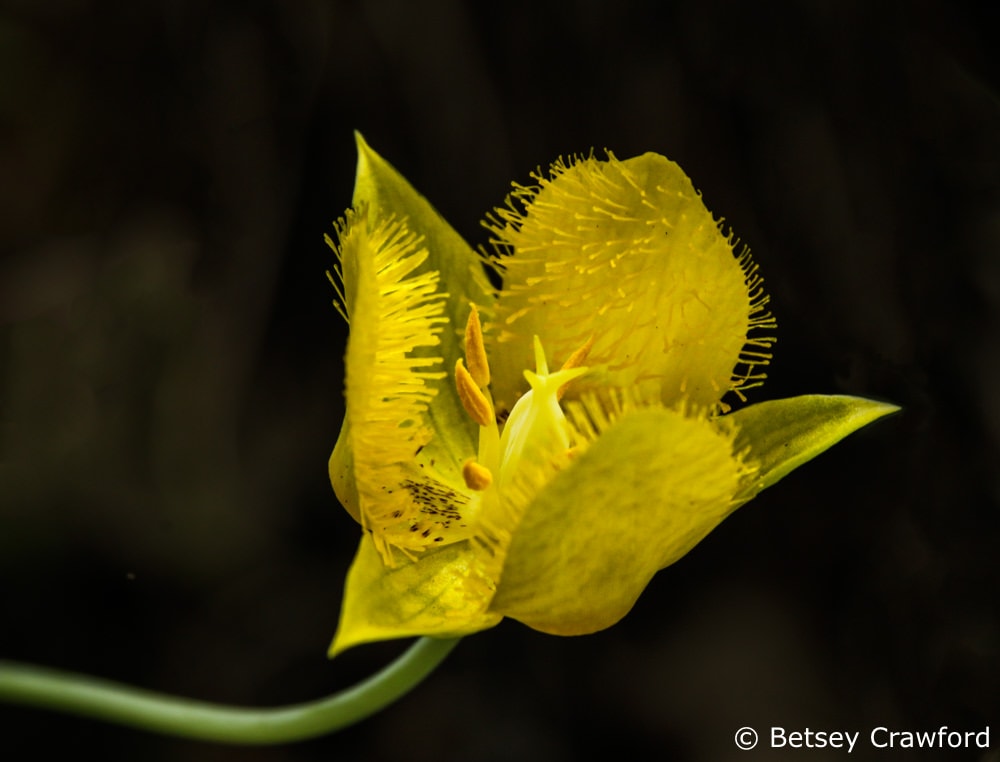
Indigenous people had intimate knowledge of the values and properties of plants, some pictured in the accompanying photos. They used everything: stems, seeds, leaves, roots, branches, acorns, bark, flowers, fruit, nuts, tubers. Plants were food, medicine, clothing, basketry, tools, games, rope, nets, utensils, structures, spirituality. This last is crucial. Plants are beings with whom indigenous people have a deep spiritual relationship. They have spirits, just as all elements of the natural world have. They are honored. The relationships are reciprocal. Plants thrive under the care of people, who thrive when blessed with the gifts of plants.
When Muir achieved his goal of making Yosemite a national park, the remaining native inhabitants there no longer had a home. A situation common to all but one of our national parks as well as most of the country. Without their homelands, many native people went from enjoying unparalleled bounty to starvation. Their culture — the gift of hundreds if not thousands of generations — was severed from the land they knew intimately and to which it was bound. Their plant names came from the places where they grew. Every rock, hill, valley, stream, tree, insect, animal, plant was filled with its own vital force. The world was vibrating with life.

They watched as landscapes were denuded, wildlife depleted, rivers and streams diverted, wetlands destroyed, salmon decimated, forests filled with fuel for raging wildfires. Indigenous knowledge was flatly rejected as unscientific, despite the fact that, like all good science, it was based on deep observation and experimentation. For millennia. There are no college degrees in land management that can match this ancient, complex, sophisticated wisdom. As modern agriculture took hold, Kat Anderson notes, this deep ecological knowledge was succeeded by “homogenized landscapes where everything is dead but the crop.”
Land conservation organizations are finally recognizing that the best practice for preserving land is to leave it up to the indigenous people who have been managing it for untold generations. At the same time corporate interests, which all too often include governments, are still pushing native people off their land, ignoring treaties and boundaries. Deeming, like all colonizers of the past 500 years, that people who have been on that land for eons are in the way. At every hour of every day, there are native people from the northern to the southern tips of the Americas, as well as the world over, fighting for their rights, their land, their autonomy.
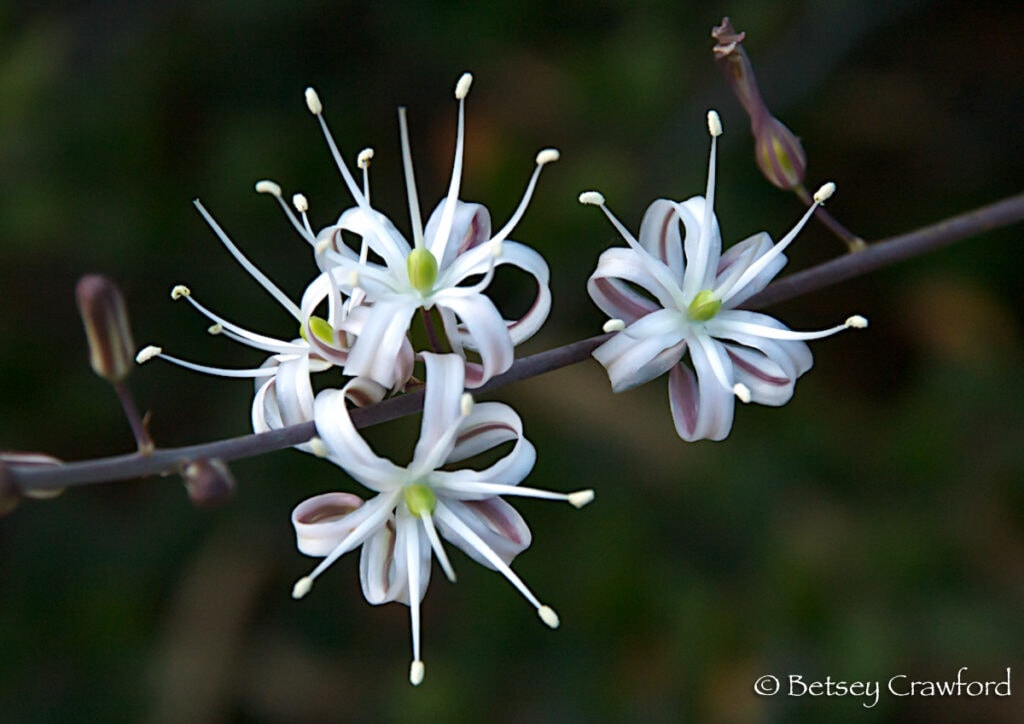
What did happen to the Kitchawank people, who were once in the way? They were part of the Wappinger Confederacy, Algonquin language-speaking people who lived in what are now Duchess, Putnam, and Westchester counties. Their land extended from the Hudson River eastward to the Connecticut River valley and southeast to the Long Island Sound. The Kitchawanks had a well-fortified village on the river called Muh-he-conneok, The Waters That Are Never Still. Those shells I was standing on belonged to the oldest oyster shell middens on the north Atlantic coast. The first Europeans they saw came up the river with Henry Hudson in 1609. Dutch colonists arrived not long after.
From that point, they steadily lost ground, from diseases they had no immunity to, wars for their land, greed. History subsumes them into the remnant Wappinger people who retreated to the area of present-day Stockbridge, Massachusetts. They eventually were forced to leave and joined the Oneida Nation in western New York. With the remnant Munsee people they formed the Stockbridge-Munsee Community, who were forced further west to a reservation in Wisconsin, where they are to this day. After decades of extensive litigation, mostly unsuccessful, New York State returned a total of 332 acres to their control in upstate New York in 2010.
One of the curses of history is that we cannot go back and change the course leading to disasters, no matter how much we might wish to. The past has its own terrible inevitability.
But it is never too late to change the future.
That’s historian Heather Cox Richardson, writing about the Wounded Knee Massacre. In order to change the future, there is a lot we need to stop in the present. We need to stop measuring progress by how many goods are consumed to be thrown away and replaced. We need to stop using fossil fuels. We need to stop eating or clothing ourselves as if our choices don’t reverberate around the globe. We need to stop using the earth as a combination of resource provider and garbage disposal. The list goes on but it’s not endless. These are things we can stop. Most of all, we can stop seeing our fellow beings as standing in the way of whatever it is we have decided progress is.
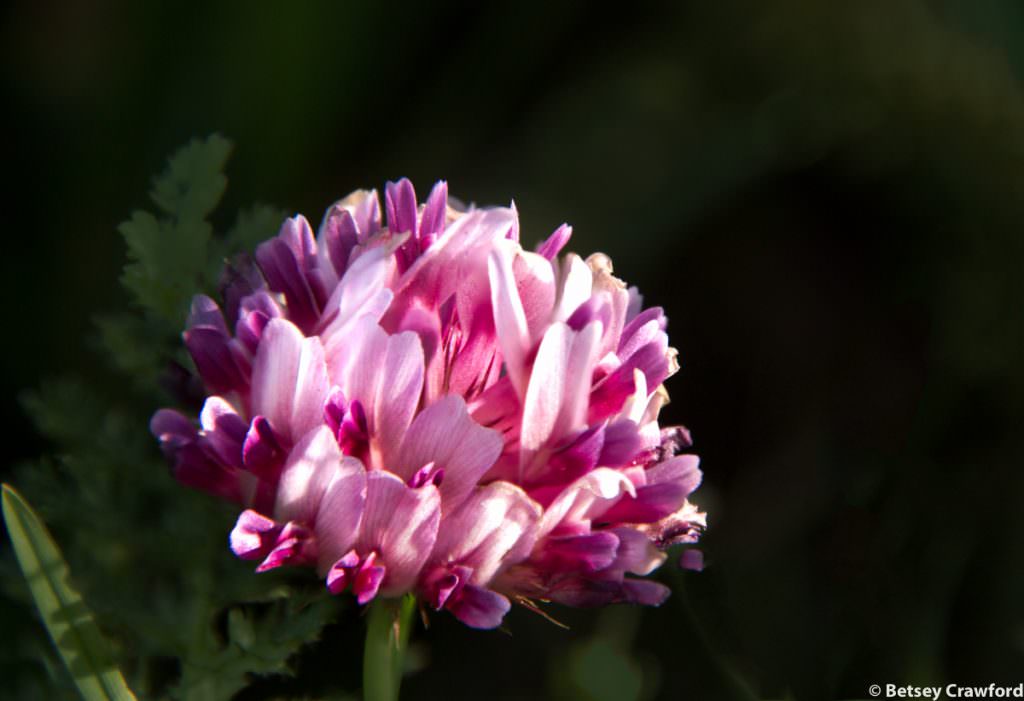
If living entities — from bees to humans, rivers to redwoods — are ‘in the way’ of something a corporation, government, or citizen wants to do, that’s a sure sign to take another direction. We tell ourselves stories. The way we define progress and productivity is a story that we’ve made up. That nothing should stand in the way of this progress is a story its greatest beneficiaries have made up. The idea that the continents making up the present-day Americas were untouched wilderness was a story that brought in other stories. That the earth is ours for the taking, that people can be in the way, that only certain beings matter and they should prevail.
The most creative people on the planet today are working on changing the stories we have told ourselves for the last several centuries. In some cases, the last few millennia. Some of the stories we are turning toward are old ones. Indigenous wisdom may have a new name these days — Traditional Ecological Knowledge, or TEK — but it includes stories going back into deep history that are still alive today. Stories that embedded our indigenous forebears into the earth they knew intimately. Stories that speak of reciprocity and interdependence with, not sovereignty over, the forces and gifts of the earth.

(The photo at the top is leopard lily (Lilium pardolinum). Like other lilies, they were valued for their nutritious bulbs and the bulblets that could be planted to expand their territory.)
I’d love to have you join me! If you add your email address, I’ll send you notices of new monthly posts.
Related posts:

Thanksgiving Address

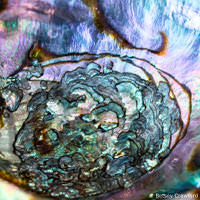
designing with nature’s
3.8 billion years of research
Ever and always amazed at your ability to use written words to create photos, tell stories, make nature and history come alive. I am so grateful we met and that I now enjoy learning so much from your educational, thought-provoking … and beautiful … posts. Thank you, Betsy.
Thank you so much, Sue. You’ve just made my year!
Thank you for this essay. It is a compelling and important story, and you tell it beautifully. The photos are just spectacular. The Soap plant and Wild hyacinth images are my favorites. It is a treat to see native plant species that we don’t see here in the Midwest.
Thank you, Mike. I’m glad you like the soaproot. I took that photo in the Santa Monica Mountains and the soaproot north of San Francisco is very prolific but different — much smaller in scale all around. Ever interesting.
A gripping, truthful , and painful treatise, so well told.
Thank you Betsey
Thanks so much, Ellen.